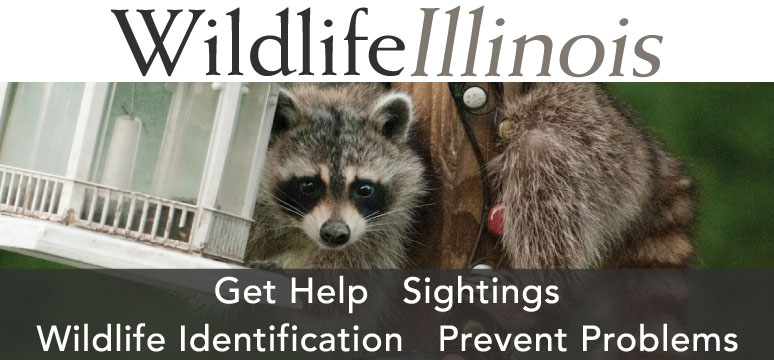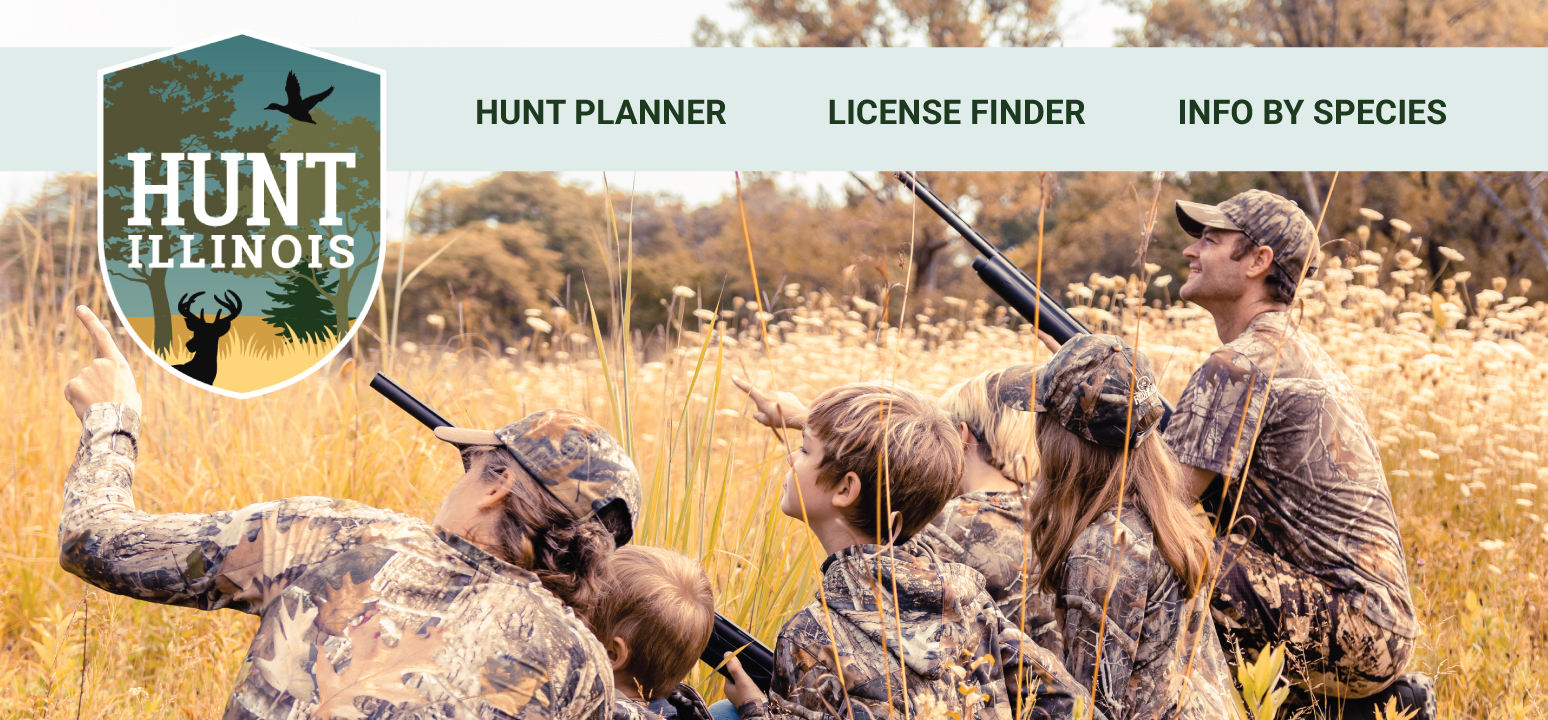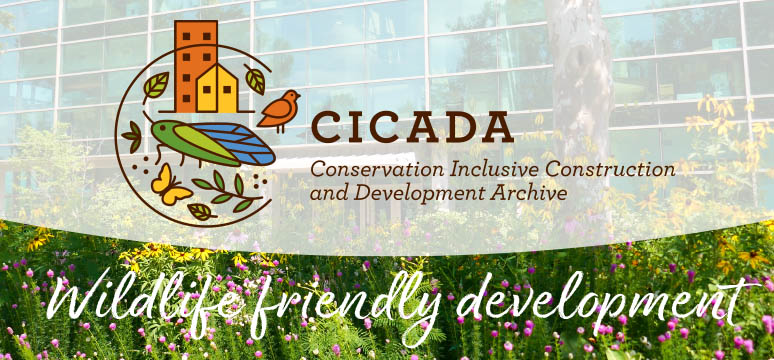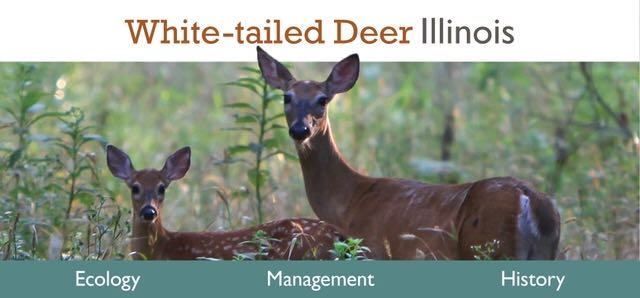


Wildlife
Filter by Tags:

Imani and Searocket: A Story of Sand and Storms
Wildlife | Birds | Natural Heritage Pick | Piping Plover

Let’s Make This Perfectly Clear
Wildlife | Amphibians | Birds | Fish | Mammals | Plants | Reptiles

Signs
Wildlife | Regulations

Ten Ways You Can Help Migrating Birds This Spring
Wildlife | Birds | Habitat Management or Enhancement | Migration

IDNR Announces New Detection of CWD in Four Additional Illinois Counties
Research | Wildlife | Chronic Wasting Disease | Deer | Disease Managment | Diseases | Wildlife Health

A Century of Hunting and Trapping in Illinois
Wildlife | 100th Anniversary | Regulations

On the Move: Nine-banded armadillos and their range expansion in Illinois
Wildlife | Mammals | Research

Mighty Muskrats: Natural bird conservationists?
Wildlife | Mammals | Research | Wetland | Wildlife Pick

Kinglets: Tiny native songbirds with colorful crowns
Wildlife | Birds

Illinois Department of Natural Resources Centennial as a State Agency: 1925–2025
Aquatic Organisms | Land | People | Wildlife | 100th Anniversary | History of Conservation

Tales From Beneath the Surface
Aquatic Organisms | Wildlife | Mammals | Rivers and Lakes

Meet the Staff: Mitch Oswald, Division of Wildlife Resources Field Operation Staff Head
People | Wildlife | IDNR Staff | Wildlife

Plant and Bird Responses to Bison Grazing at Nachusa Grasslands
Land | Research | Wildlife | Habitat Management or Enhancement | Mammals | Places to Visit | Prairie or Grassland

In Taxonomy, the Only Constant is Change
Wildlife | Birds

The Pied-billed Grebe
Wildlife | Birds | Rivers and Lakes

Voices for the Future: Everyone Can Make a Difference
Aquatic Organisms | Land | People | Wildlife | Regulations | Youth

Barb Heyen Builds a Conservation Team
Land | People | Wildlife | Habitat Management or Enhancement

Serviceberry: A native plant for all seasons
Land | Wildlife | Birds | Habitat Management or Enhancement | Mammals | Plants

Why Are Deer So Successful in Illinois?
Recreation | Research | Wildlife | Deer | Hunting | Research | Wildlife Pick



